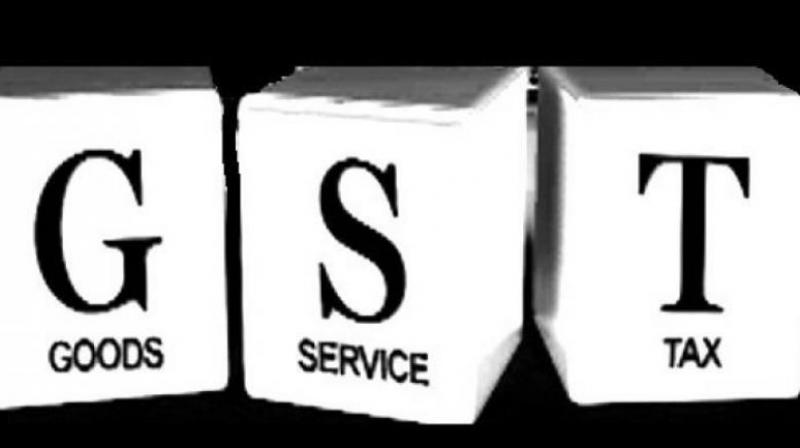A historic tax reform is just 10 days away
The new tax will replace as many as eight taxes levied by the Centre, and subsume nine taxes of the state governments.
With just 10 days left for the introduction of the historic Goods and Services Tax, a number of concerns have been raised from several quarters about its complexities, administration, network, etc. Most of all, consumers are anxious about the rates and their impact on inflation. But most of these worries stem from lack of sufficient information.
A truly transformative indirect tax reform of the scale and impact of GST is bound to face several initial glitches, not least as it’s placed on a single network. From the perspective of industry, we are convinced once the tax is in place, it will bring huge benefits to all stakeholders, including consumers, service providers, manufacturers, small enterprises and the government. To begin with, we must keep in mind that GST replaces a complex and convoluted indirect tax structure which includes myriad taxes, tax-on-tax, and multiple rate structures. The new tax will replace as many as eight taxes levied by the Centre, and subsume nine taxes of the state governments. Each state government now has its own tax structure, so the tax applicable on each item is different in different states, an anomaly that will end once the GST is in place.
Our calculations show that the combined impact of Central excise and state value-added tax on, say, a bicycle is over 10 per cent. On an inter-state sale, an additional 2 per cent Central sales tax (CST) is charged. Under GST, while the tax rate on a bicycle is applicable at 12 per cent, CST would no longer be applied. In addition, in a seamless supply chain, each node is able to avail of input tax credit on components used in the value addition, and therefore the ultimate tax paid by the final consumer works out to be lower.
The GST Council, in its May 18 meeting, mostly adhered to well-defined principles while calculating GST on the goods, taking care not to add to inflation, while also maintaining the government’s revenues. It is noteworthy that over 80 per cent of goods are placed in the 18 per cent category, or lower tax bracket. In the later Council meeting, some anomalies and tax rates were further addressed, taking into account the views of industry. For example, tax rates on some processed foods, insulin and other items were brought down.
On the services side, the four-tier structure of the goods side has been replicated. Under GST, most services will face a 18 per cent rate, but the tax slabs on hotels and transport of different prices add to the complexity. On the other hand, services too will gain from input tax credit so overall final prices will not be unduly impacted. Thus, on the rate structure, a good beginning has been made. As the tax is implemented and teething troubles are sorted out, all stakeholders are likely to be persuaded about the simplicity of fewer tax slabs and the GST Council may converge the multi-tiered structure into at most two slabs later. We will also call for the removal of cesses once states are compensated for loss of revenues, if any. Further, certain goods left out of the purview of GST at this stage like petroleum and alcohol could be fitted into it as well.
A major concern being raised is about the GST Network and several filings each month. This is the online system that will be a single point for submission of all tax returns. It is felt small traders and manufacturers may not own computers or have access to Internet connectivity. The government is addressing this by enabling common service centres in villages to offer a facility of uploading returns. In addition, apart from the designated 34 service providers, additional or subsidiary service providers will also be on hand.
Interestingly, we have seen ads today for GST-enabled computers, with software bundled in as a complete accounting and tax filing package. A single point of contact with the indirect tax system, and that too online, is likely to be simpler than the current Central and state tax system. With invoices matched online, and input tax credit easily available, more vendors may be encouraged to step into the tax net, adding to the tax revenues. From the perspective of small enterprises too, if they want to benefit from the tax credit on inputs used by them, they may pay the regular tax and file returns like larger enterprises. Notably, the input tax credit for a buyer comes only when all its suppliers are paying their taxes on time, that is a powerful incentive for buyers to ensure their suppliers are regular in making the payment and filing taxes.
We believe the GST Council, a body that has prudently and carefully addressed such a huge and complex system, will be able to devise solutions to some of the teething problems that may arise in the consensus mode as it has done so far. Industry is ready for GST and we look forward to the launch of this transformative tax reform system as scheduled on July 1.



















